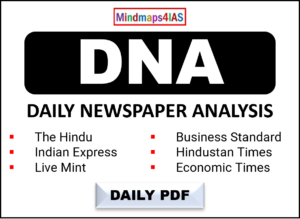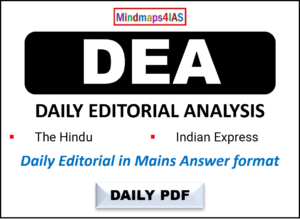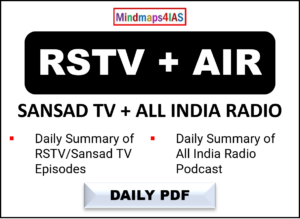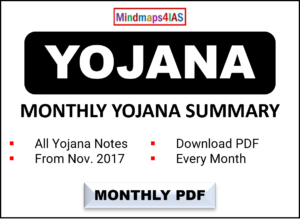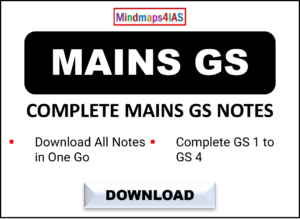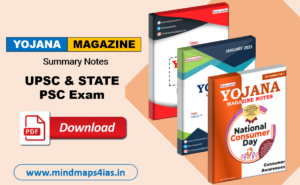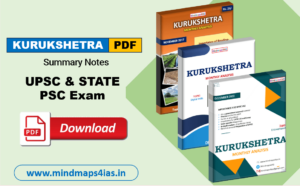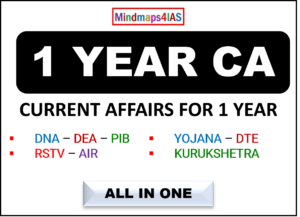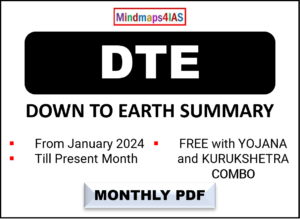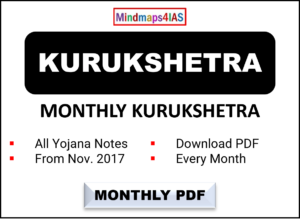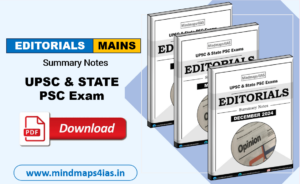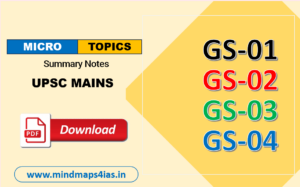1. SAMAGRA SHIKSHA
Overview
- An integrated centrally sponsored scheme for holistic school education
- Scope: Pre-primary to Class XII
- Aligned with: SDG-4 (Education) and NEP 2020
- Primary objective: Support RTE Act implementation
Key Financial Components
- Financial assistance to States/UTs for:
- Opening/strengthening schools up to senior secondary
- Construction of school buildings & additional classrooms
- Infrastructure development in northern border areas (Vibrant Village Programme)
- Kasturba Gandhi Balika Vidyalayas
- Hostels for PVTGs under PM-JANMAN
- Netaji Subhash Chandra Bose Avasiya Vidyalayas
Major Achievements (2018-25)
- Infrastructure Development:
- 3,656 schools upgraded
- 242 new residential schools/hostels
- 80,105 schools strengthened
- 35,457 separate girls’ toilets constructed
- Educational Technology:
- 138,802 schools covered under ICT & Digital initiatives
- 9,477 schools covered under Vocational Education
- KGBV Upgradation:
- 313 KGBVs upgraded from Class VIII to X
- 2,303 KGBVs upgraded from Class VIII to XII
2. PM SHRI (PM Schools for Rising India)
Scheme Details
- Launch: September 7, 2022
- Budget: ₹27,360 crore (5 years)
- Central Share: ₹18,128 crore
- Target: 14,500+ PM SHRI Schools
Implementation Status
- 33 States/UTs (including KVS & NVS) signed MoU
- 12,084 schools selected through Challenge Mode
- Primary: 1,329 schools
- Elementary: 3,340 schools
- Secondary: 2,907 schools
- Senior Secondary: 4,508 schools
Infrastructure Components
- Primary & Elementary Level:
- Bala features
- Jadui Pitara
- Child-friendly furniture
- Outdoor play materials
- Secondary & Senior Secondary:
- Integrated Science Labs
- Smart Classrooms
- Computer/ICT Labs
- Atal Tinkering Labs
- Skill Labs
- School Innovation Councils
- Sports facilities
3. PM POSHAN
Scheme Overview
- Period: 2021-22 to 2025-26
- Coverage: Pre-school (Bal Vatika) to Class VIII
- Type: Centrally Sponsored Scheme
- Implementation: Ministry of Education
NEP 2020 Alignment Features
- Tithi Bhojan:
- Community participation program
- Special food on festivals/occasions
- School Nutrition Gardens:
- First-hand experience with nature
- Supplementary micronutrients
- Social Audit:
- Mandatory in all districts
- Community monitoring
- Special Provisions:
- Extra nutrition in aspirational districts
- Focus on anaemia-prevalent areas
- Community Engagement:
- Cooking competitions for ethnic cuisine
- FPO and Women Self Help Groups involvement
4. ULLAS (Nav Bharat Saaksharta Karyakram)
Program Structure
- Duration: FY 2022-23 to 2026-27
- Budget: ₹1,037.9 crore
- Central Share: ₹700 crore
- State Share: ₹337.90 crore
Components
- Foundational Literacy and Numeracy
- Critical Life Skills
- Basic Education
- Vocational Skills
- Continuing Education
Major Achievements
- Digital Initiatives:
- ULLAS Mobile App launched (July 29, 2023)
- DTH Channel broadcasts in 29 languages
- Participation:
- 2+ crore learners registered
- 39 lakh volunteer teachers
- 88,89,654 certified literates
- Milestone:
- Ladakh: First fully literate administrative unit (June 24, 2024)
- Financial Progress:
- ₹159.67 crore released to States/UTs
- ₹35.60 crore (Central Share) released for 2024-25
5. National Assessment Initiatives
PARAKH
- Framework:
- Set up under NCERT
- Focus: Assessment standards and guidelines
- Key Activities:
- Rashtriya Sarvekshan 2024
- Development of Holistic Progress Card
- Setting assessment standards
- Coverage:
- 23 lakh students
- 88,000 schools
- Grades 3, 6, and 9
6. New Educational Policy Implementation Initiatives
Foundational Literacy and Numeracy
- NIPUN Bharat Mission:
- Launched: July 5, 2021
- Goal: Universal foundational literacy by Grade 3 (2026-27)
- Achievement: 88,89,654 certified literates through FLNAT
Multilingual Education
- Implementation Status:
- 104 Primers in Indian Languages
- 25 new primers released (December 2024)
- Focus on mother tongue instruction till Grade 5/8
Textbook Development
- Current Progress:
- Developed for Balvatika, Grades 1-3, 6
- Available in Hindi, English, Urdu
- Production increased: 5 to 15 crore books annually
- Future Timeline:
- Grades 4,5,7,8: Under development
- Grades 9,11: 2025-26
- Grades 10,12: 2026-27
7. Teacher Development Programs
ITEP (Integrated Teacher Education Programme)
- 4-year dual major degree
- Implementation: 64 institutions
- Admission: Through NCET
- Last exam: July 10, 2024
National Mission for Mentoring (NMM)
- Key Developments:
- Bluebook launched: March 9, 2024
- Braille and Audio versions: July 29, 2024
NPST (National Professional Standards for Teachers)
- Guiding Document launched: March 9, 2024
- Focus: Professional development standards
- Accessibility: Braille and Audio versions available
8. Inclusive Education Initiatives
Support for Children with Special Needs
- Financial Support:
- ₹3,500 per CwSN annually
- Girls’ stipend: ₹200 monthly
- Infrastructure:
- 58.5% schools: Ramps and handrails
- 31.1% schools: CwSN friendly toilets
- Accessibility Code: January 10, 2024
- Educational Resources:
- 4,250+ ISL videos
- DIKSHA portal integration
- PM eVidya channel access
CBSE Provisions
- Exam Concessions:
- Scribe facility
- Compensatory time
- Third language exemption
- Flexible subject choice
9. Board Standardization Efforts
PARAKH Initiatives
- National Level:
- 26 school boards consultation
- Regional workshops
- Question paper standardization
- Implementation Steps:
- Template standardization
- Assessment framework alignment
- Teacher training programs
APAAR ID System
- Purpose: Academic credit accumulation
- Features:
- Seamless institution transitions
- Credit recognition
- Prior learning assessment

